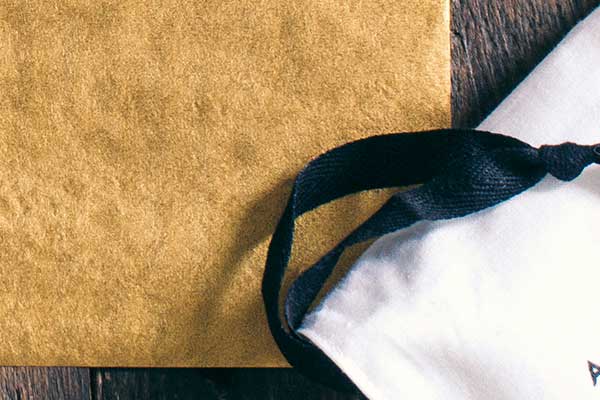
【名词&注释】
桂枝汤、《金匮要略》(synopsis of the golden chamber)、胃黏膜上皮(gastric epithelium)、萎缩性胃炎(atrophic gastritis)、仰卧位(supine position)、《黄帝内经》(yellow emperor ' s internal classic)、《伤寒论》(treatise on febrile diseases)、慢性萎缩性(chronic atrophic)、左侧卧位(lateral recumbent position)、右侧卧位(right lateral position)
[单选题]慢性萎缩性(chronic atrophic)胃炎时,胃黏膜上皮可化生为
A. 鳞状上皮
B. 移行上皮
C. 软骨
D. 骨
E. 肠上皮
查看答案&解析
举一反三:
[单选题]桂枝汤中桂枝与芍药的用量比例是
A. 2:1
B. 5:1
C. 8:3
D. 6:1
E. 1:1
[单选题]"伤寒有五:有中风,有伤寒,有温病,有热病,有湿温",语出( )
A. 《伤寒论》(treatise on febrile diseases)
B. 《黄帝内经》
C. 《伤寒例》
D. 《难经》
E. 《金匮要略》
[单选题]鼻属阳中之阳的说法是因为
A. 鼻的属性为阳
B. 鼻居阳经会聚之处
C. 鼻在面部中央
D. 鼻独属阳经支配
E. 以上都不是
[单选题]清胃散主治( )
A. 风寒牙痛
B. 风热牙痛
C. 胃火牙痛
D. 虚火牙痛
E. 阳虚牙痛
[单选题]对于前列腺、精囊腺、直肠前部检查应采取的体位是( )
A. 仰卧位
B. 右侧卧位(right lateral position)
C. 左侧卧位(lateral recumbent position)
D. 膝胸位
E. 端坐位
[多选题]湿热淋证,小便涩痛,可以选用的药物是( )
A. 瞿麦
B. 滑石
C. 大黄
D. 栀子
E. 萹蓄
[多选题]“清窍”一词源于《内经》,清窍指
A. 鼻
B. 咽喉
C. 口
D. 耳
E. 眼
本文链接:https://www.zhukaozhuanjia.com/download/7vpww9.html
